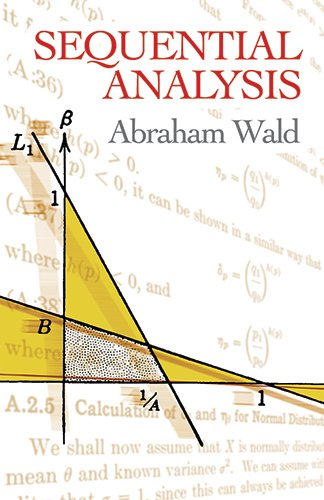

Most ebook files are in PDF format, so you can easily read them using various software such as Foxit Reader or directly on the Google Chrome browser.
Some ebook files are released by publishers in other formats such as .awz, .mobi, .epub, .fb2, etc. You may need to install specific software to read these formats on mobile/PC, such as Calibre.
Please read the tutorial at this link: https://ebookbell.com/faq
We offer FREE conversion to the popular formats you request; however, this may take some time. Therefore, right after payment, please email us, and we will try to provide the service as quickly as possible.
For some exceptional file formats or broken links (if any), please refrain from opening any disputes. Instead, email us first, and we will try to assist within a maximum of 6 hours.
EbookBell Team

5.0
50 reviewsIn 1943, while in charge of Columbia University's Statistical Research Group, Abraham Wald devised Sequential Design, an innovative statistical inference system. Because the decision to terminate an experiment is not predetermined, sequential analysis can arrive at a decision much sooner and with substantially fewer observations than equally reliable test procedures based on a predetermined number of observations. The system's immense value was immediately recognized, and its use was restricted to wartime research and procedures. In 1945, it was released to the public and has since revolutionized many aspects of statistical practice.
This book is Professor Wald's own description of the system. Part I contains a discussion of the general theory of the sequential probability ratio test, with comparisons to traditional statistical inference systems. Part II discusses applications that illustrate the general theory and raise points of theoretical interest specific to these applications. Part III outlines a possible approach to the problem of sequential multi-valued decisions and estimation. All three sections can be understood by readers with only a background in college algebra and a first course in calculus. Mathematical derivations of somewhat intricate nature appear in the appendix.
Sequential Analysis offers statistical researchers a time- and money-saving approach, introduces students to one of the major systems in contemporary use, and presents those already acquainted with the system with valuable background information.